This week’s #kanji is #許. Its semantic element is #ごんべん(言) and its phonetic element is 午, although 許 and 午…
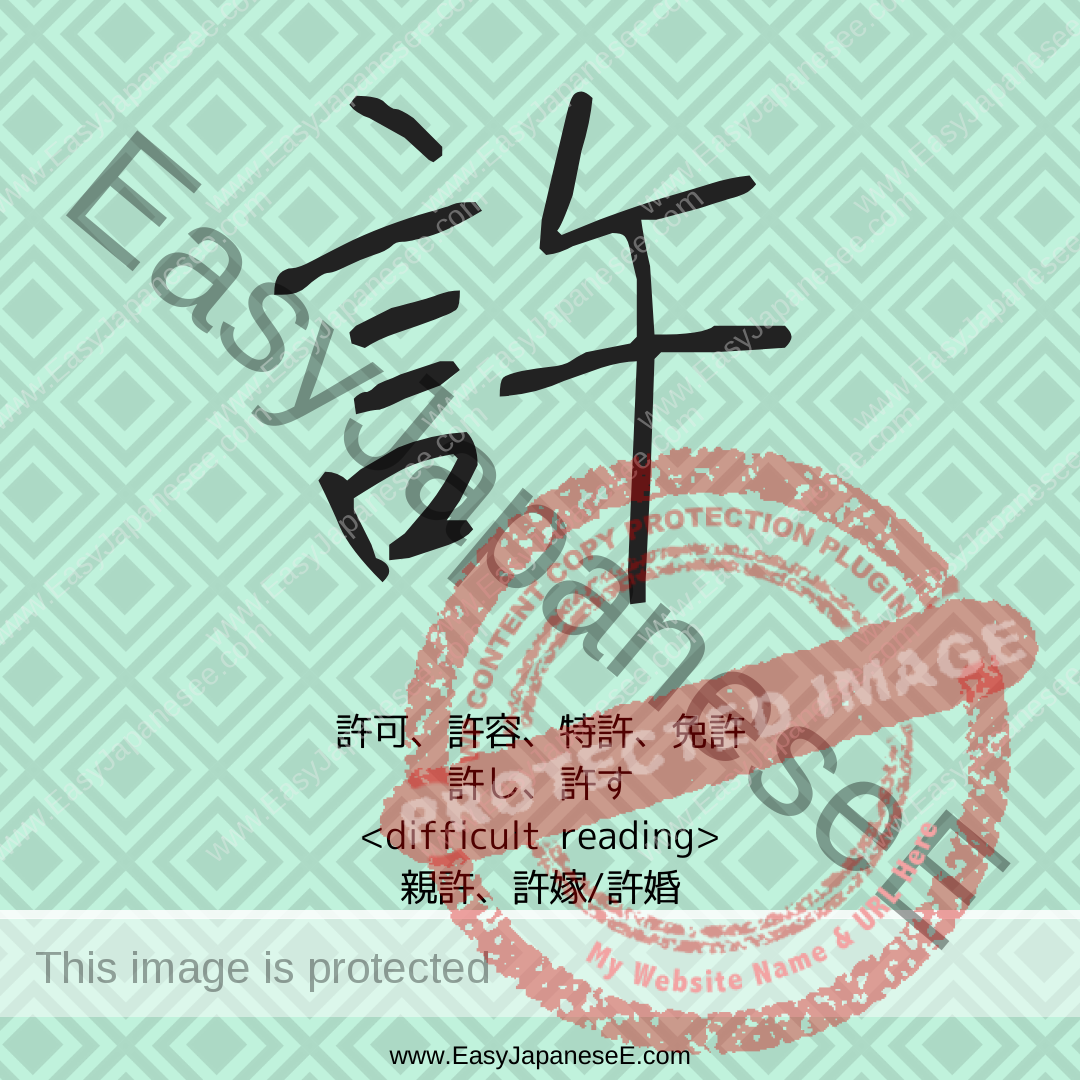

This week’s #kanji is #許. Its semantic element is #ごんべん(言) and its phonetic element is 午, although 許 and 午…
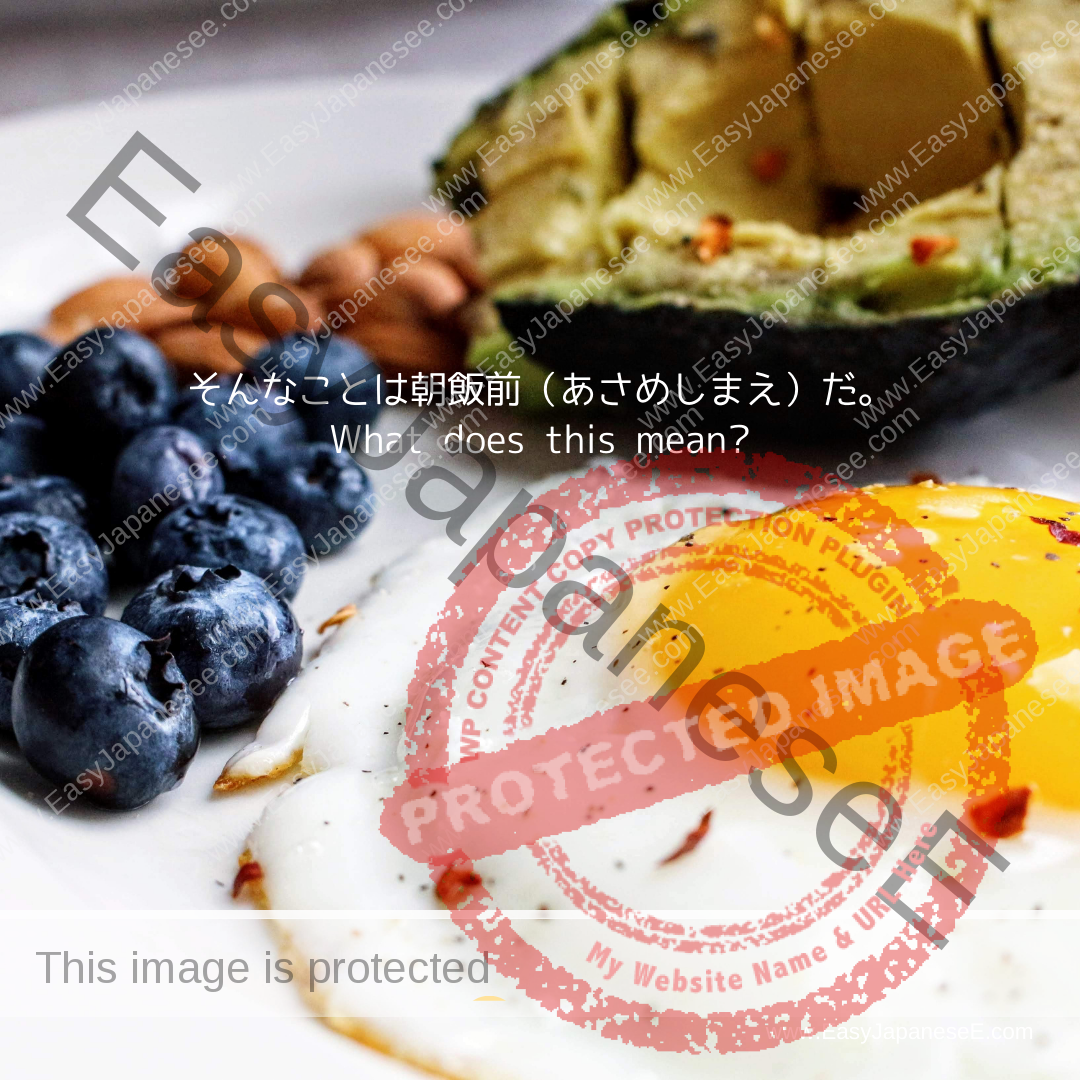
そんなことは朝飯前(あさめしまえ)だ。 朝飯前(あさめしまえ) means “something you can do even before eating breakfast,” i.e. something very easy. Something similar to “a cinch”…
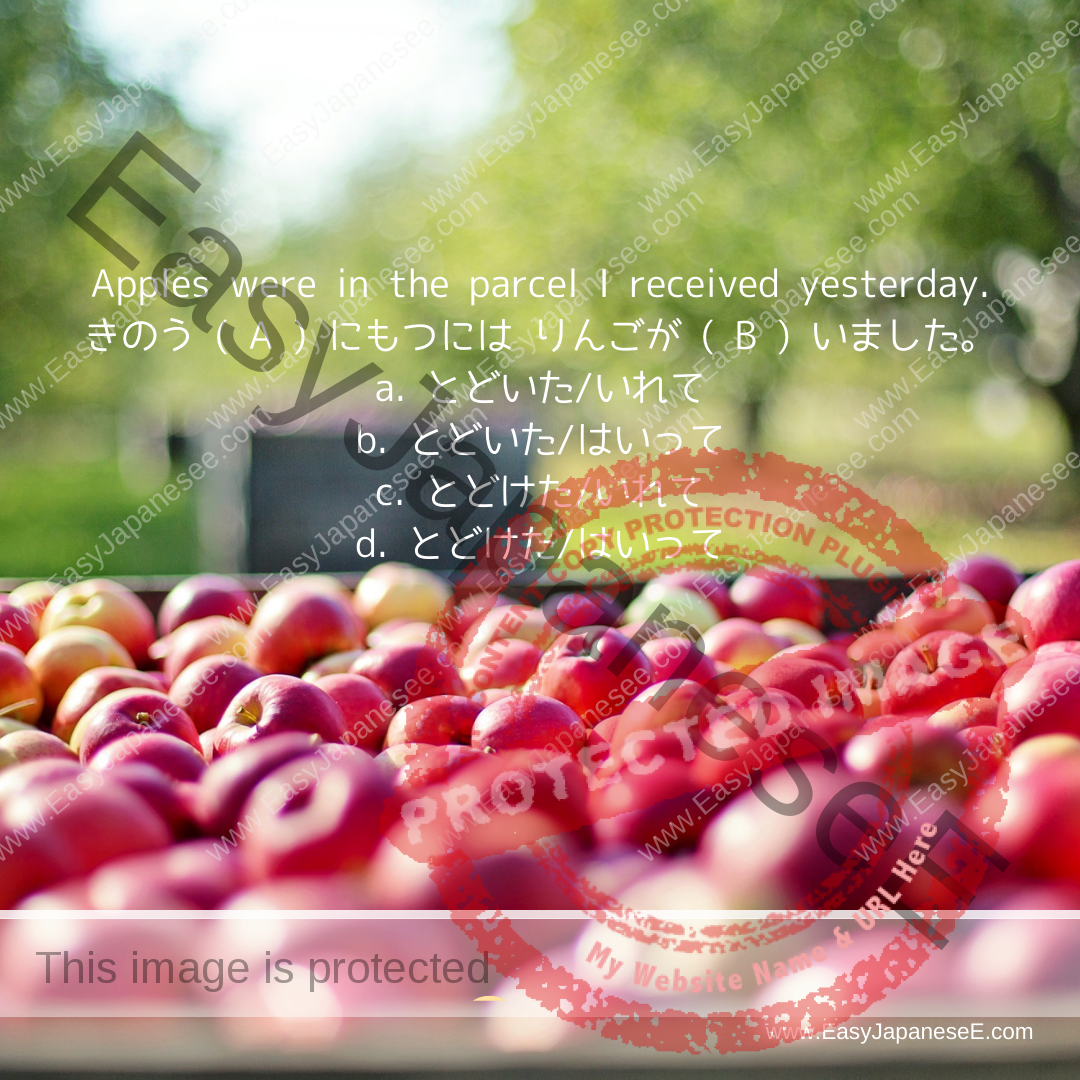
Apples were in the parcel I received yesterday.きのう ( A ) にもつには りんごが ( B ) いました。 a. とどいた/いれてb. とどいた/はいってc.…
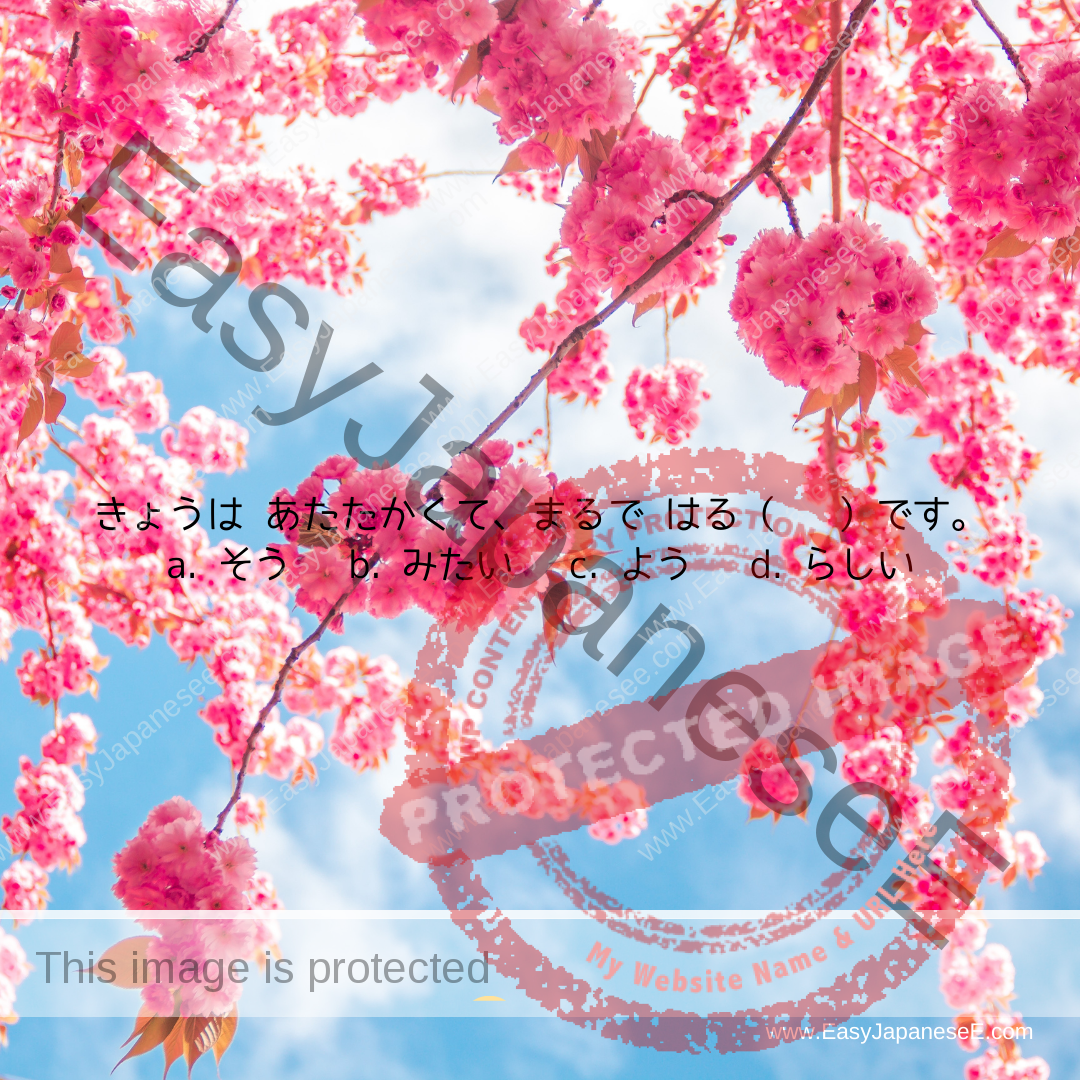
~みたい is used to describe “similarity” or “uncertain assertion.” It is sometimes used to give examples also. Have a look at examples.
![[a person]に [てform] ほしい](https://www.easyjapanesee.com/wp-content/uploads/2020/09/200921-なってほしい.png)
~てほしい is used when I want somebody else to do something. Usually used in the pattern of [a person]に [てform] ほしい. This post explains the negative version as well
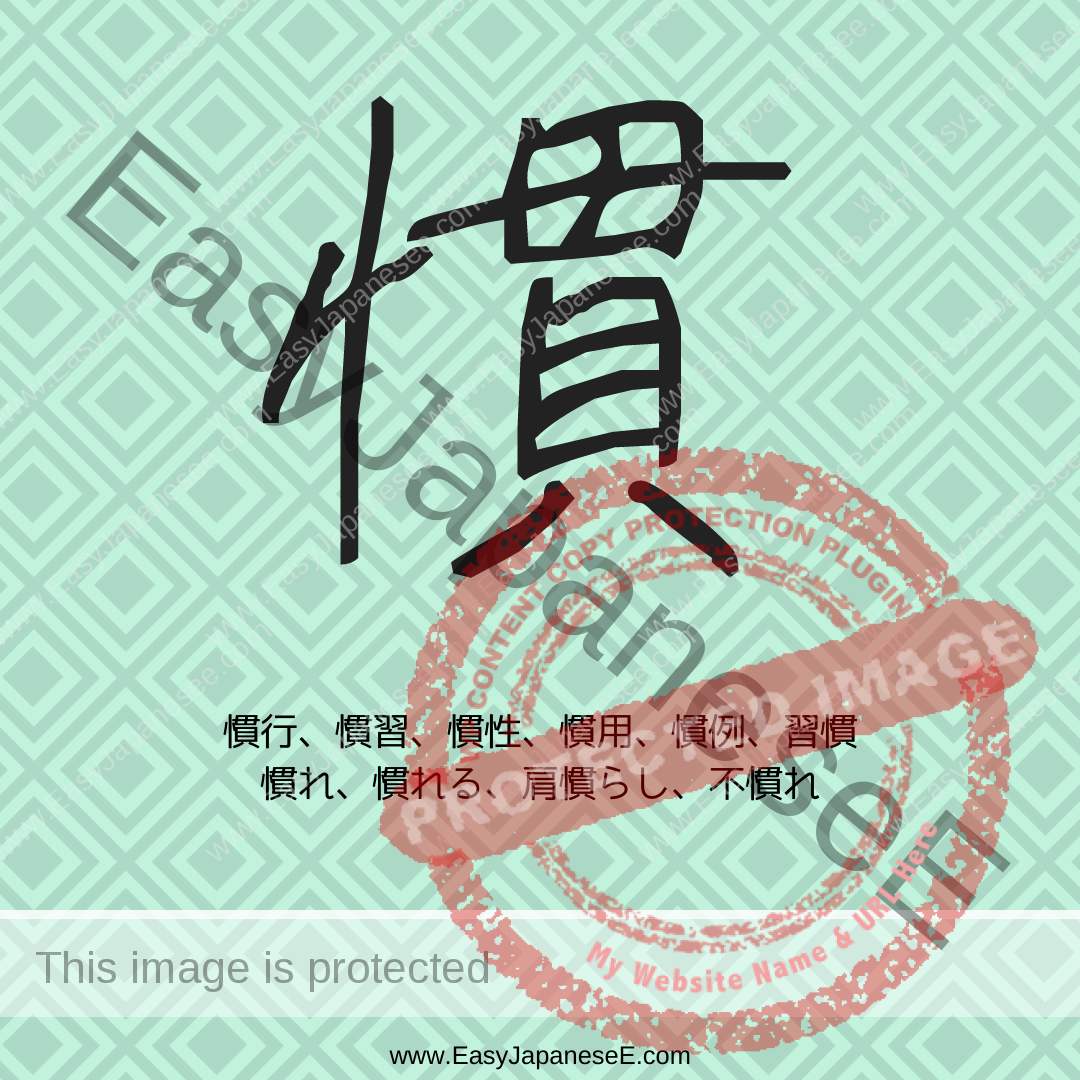
This week’s #kanji is #慣. It is made of its semantic element of #りっしんべん(忄), which shows association with mind and…

~ています is often used to describe and action in progress. However ~ています like ~てあります can be used to describe a state. Read the explanation.
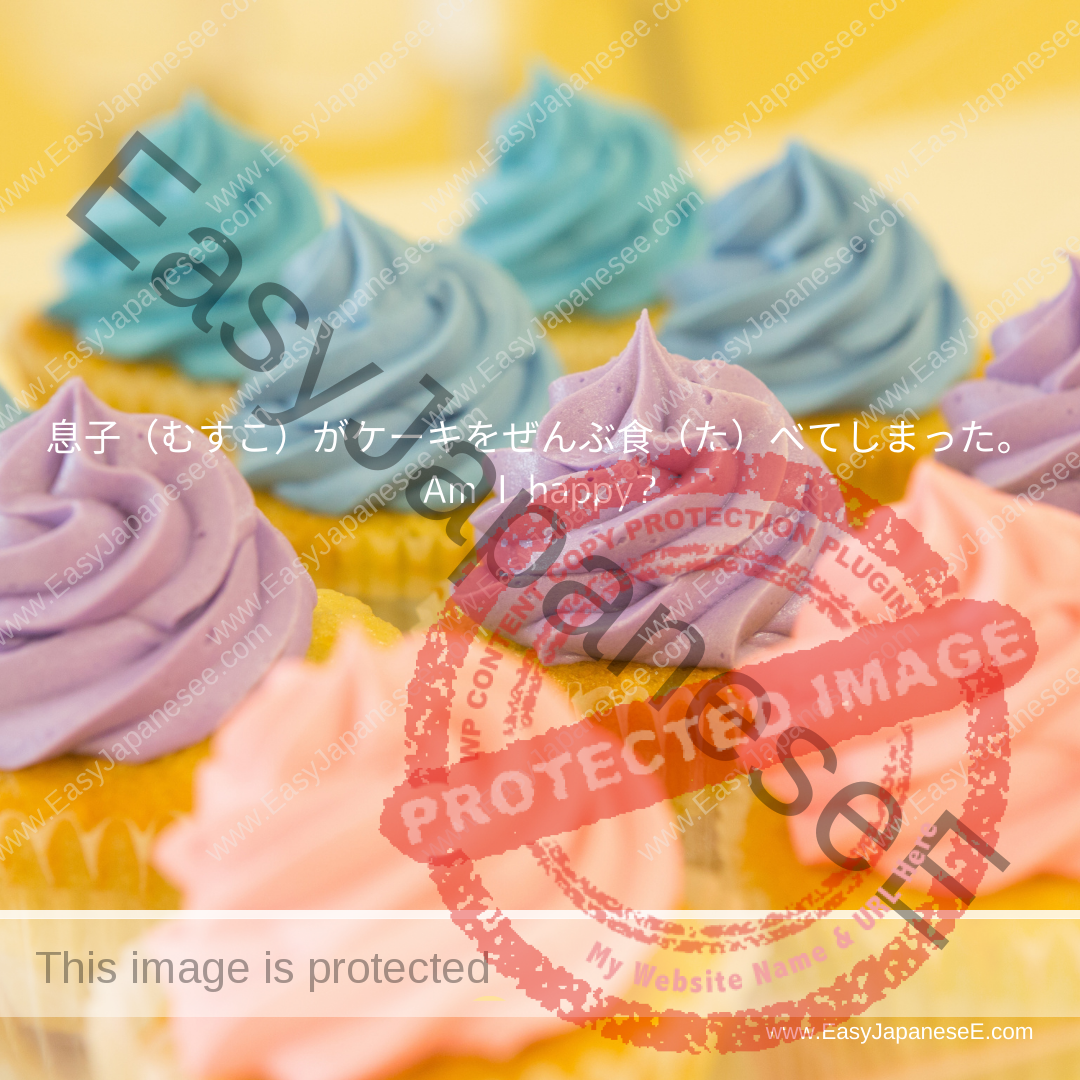
~てしまう/しまいます is used to describe something you have done something fully but you didn’t mean to do so and implies the feeling of regret or surprise.
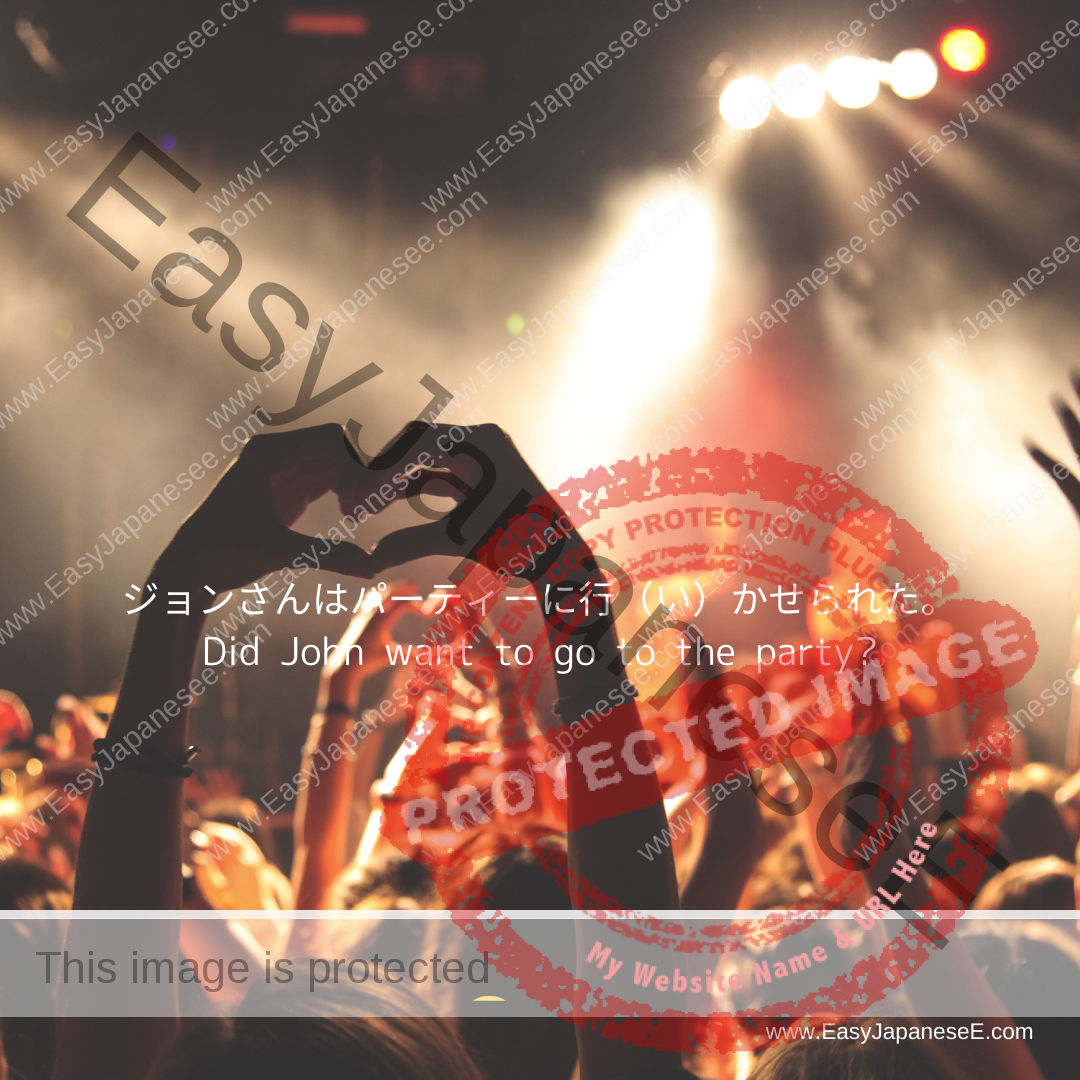
~させられる is a combination of causative and passive and it means “to be made to do …,” so it is used to when you had to do something against your will.
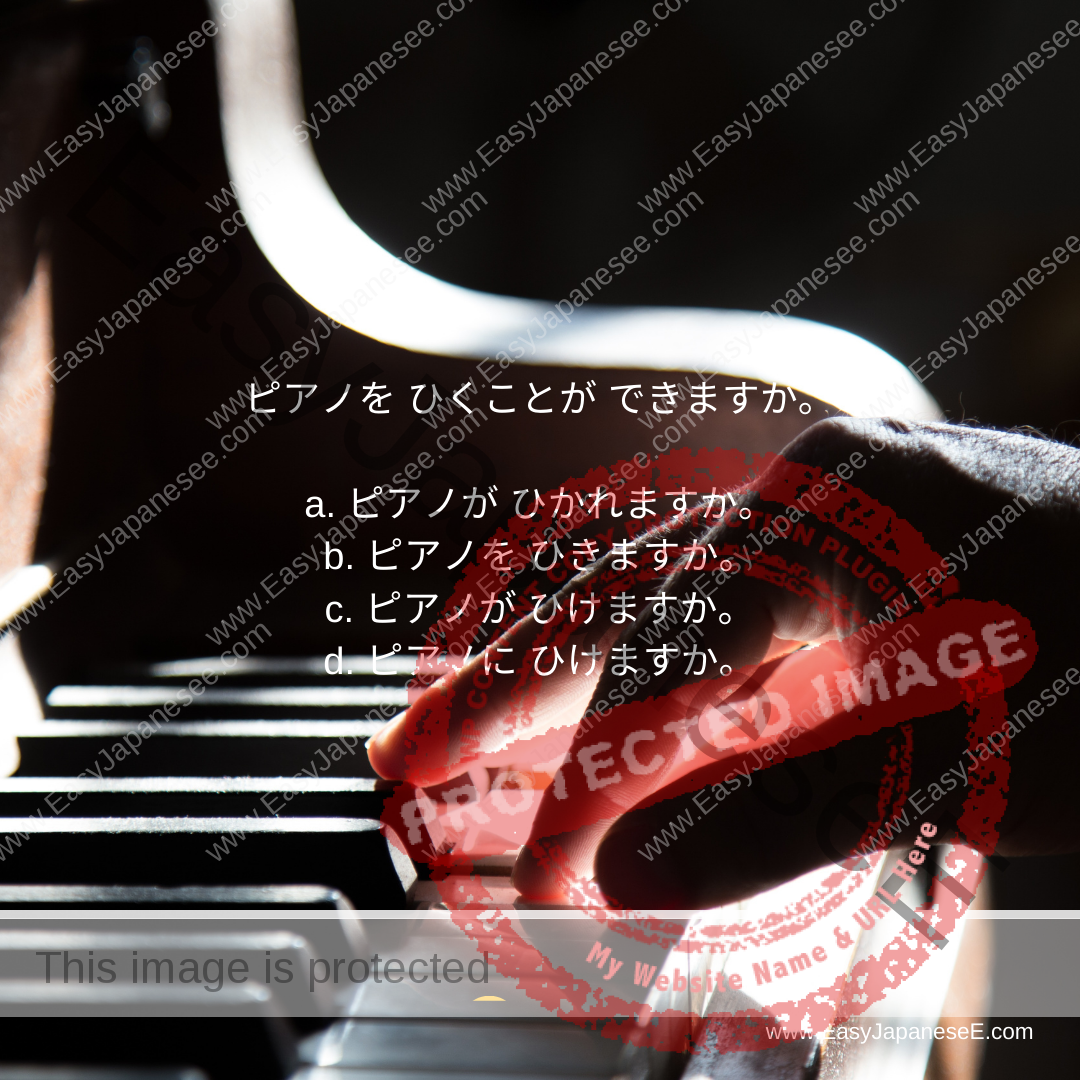
This post explains how to add the meaning of “can” or “able” to a Japanese sentence. You can read it and watch my video.
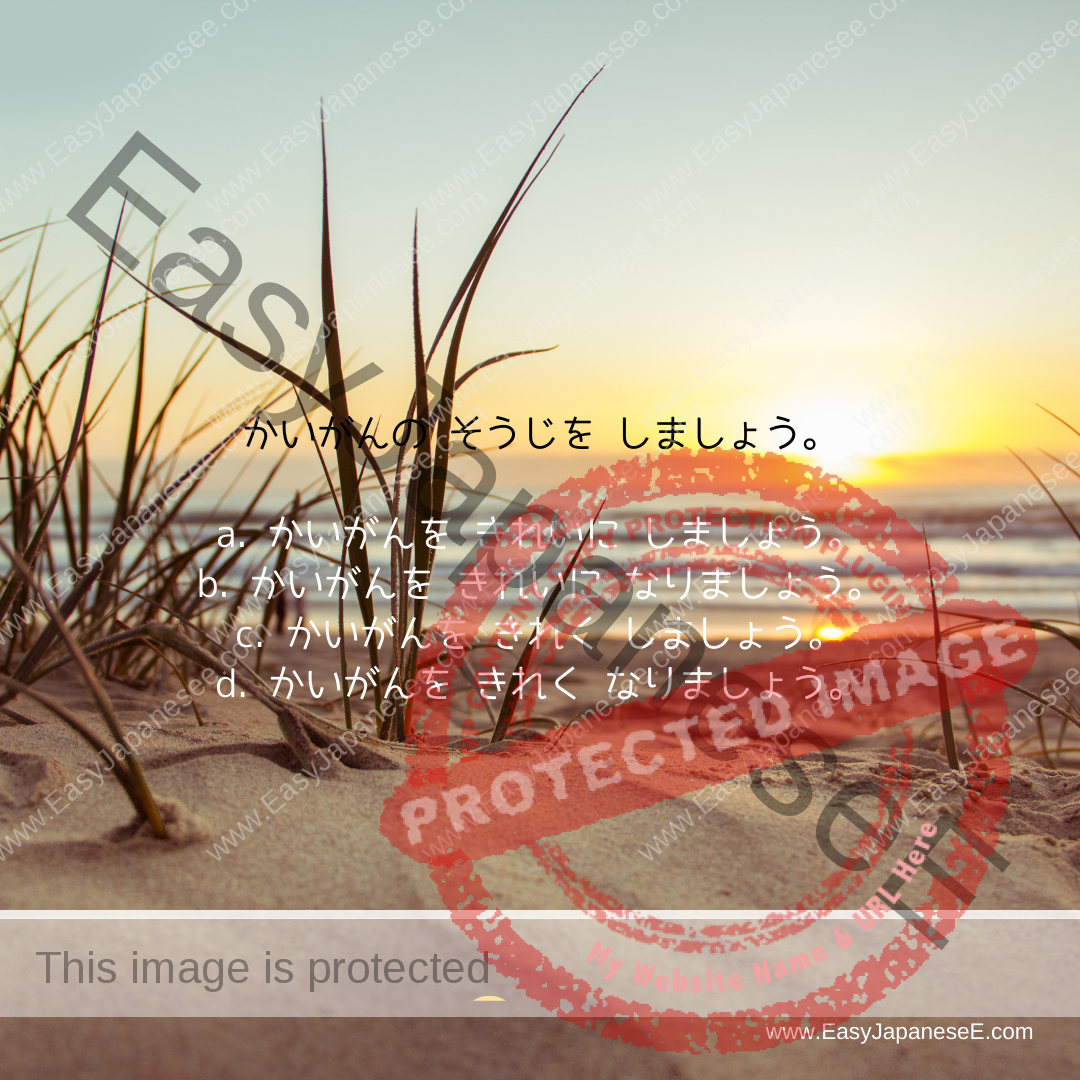
(…を) ~く/に する means to “make … ~(adjective)” or “set … ~(adjective)”. ~く is the adverb ending of an いadjective…
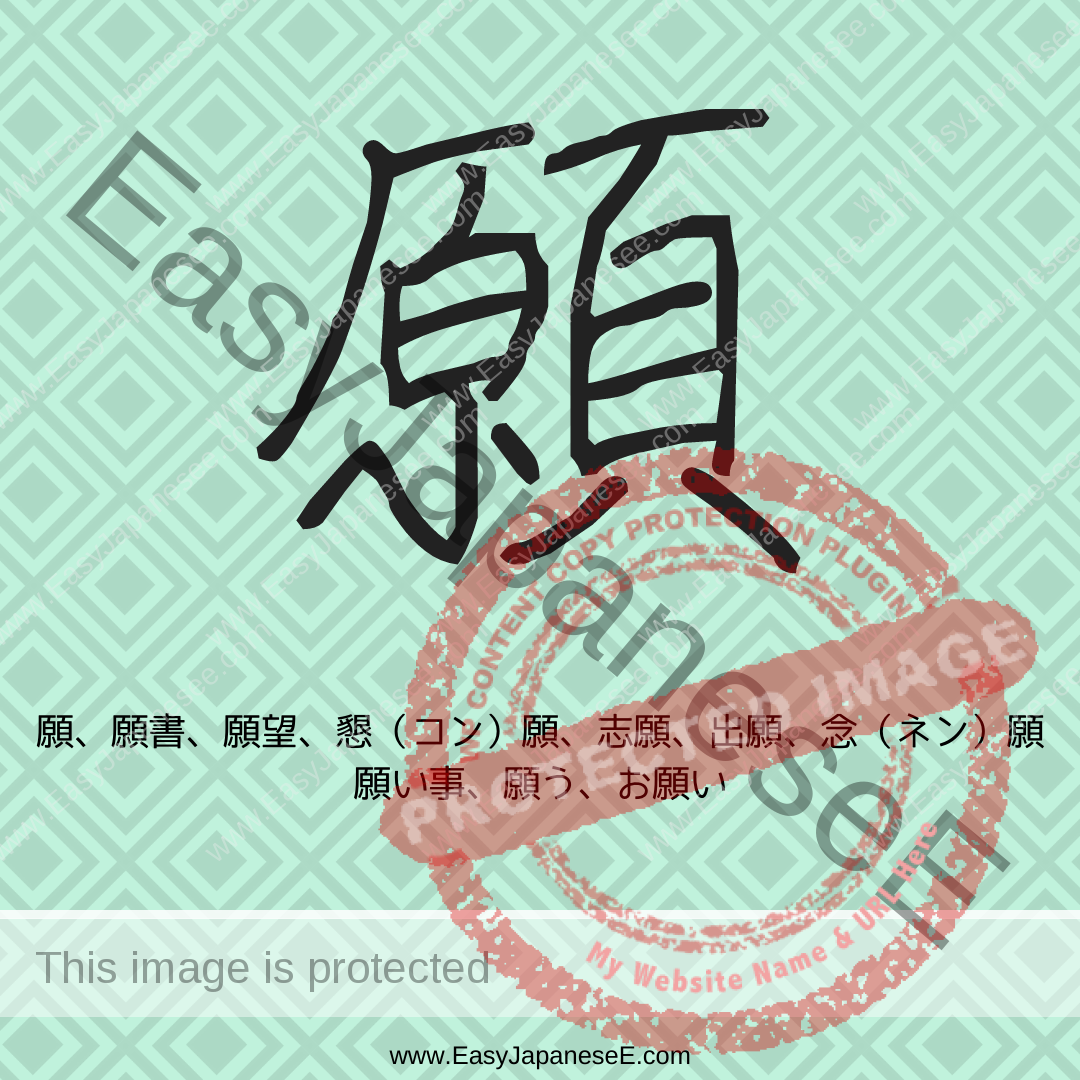
This week’s #kanji is #願, which is listed under its semantic element of #おおがい(頁). Its phonetic element is 原, which…
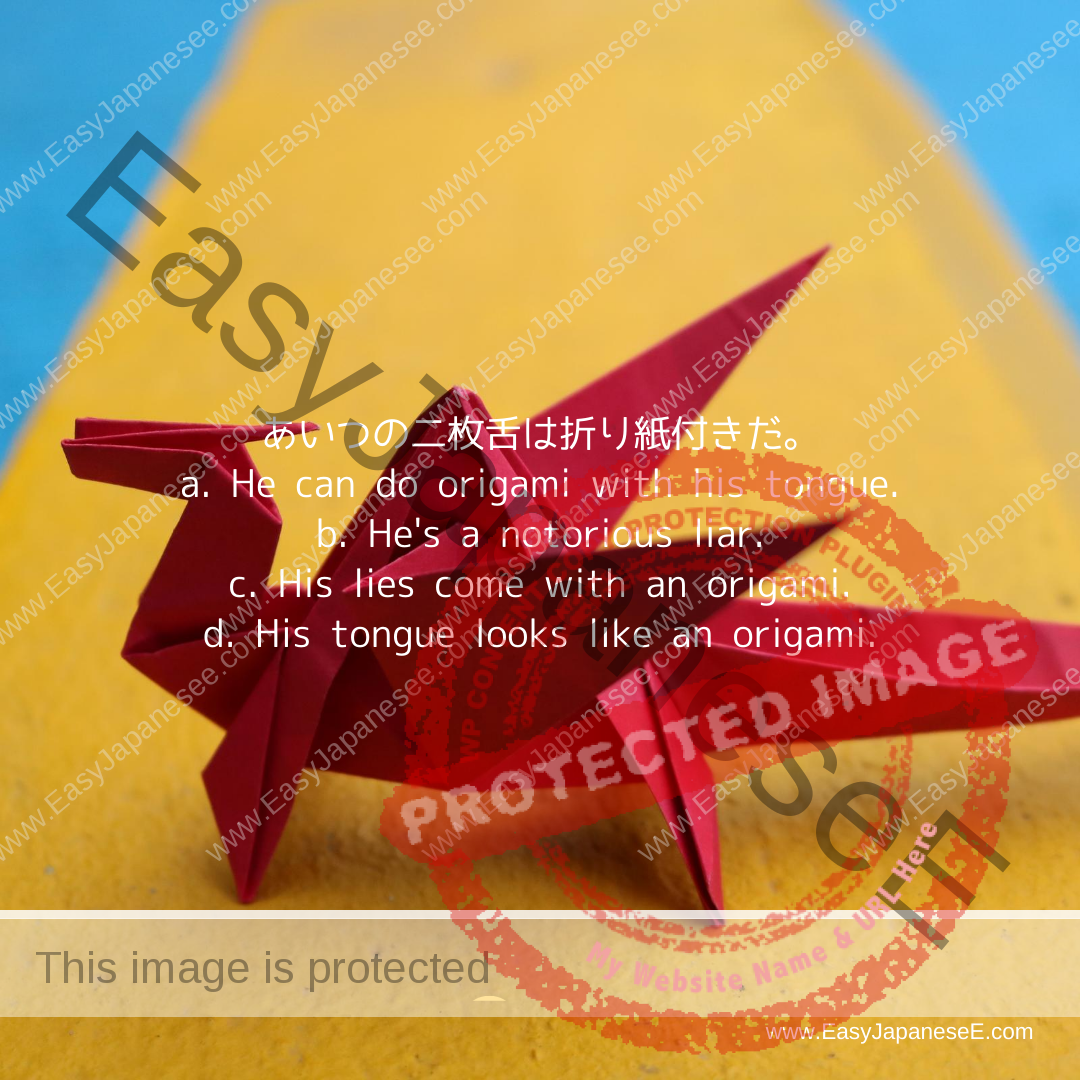
あいつの二枚舌(にまいじた)は折(お)り紙(がみ)付(つ)きだ。 a. He can do origami with his tongue.b. He’s a notorious liar.c. His lies come with an origami.d. His…

~という has a few different meanings but if ~という is followed by a noun, it usually means “[the noun] called ~.” Check how it’s used here.
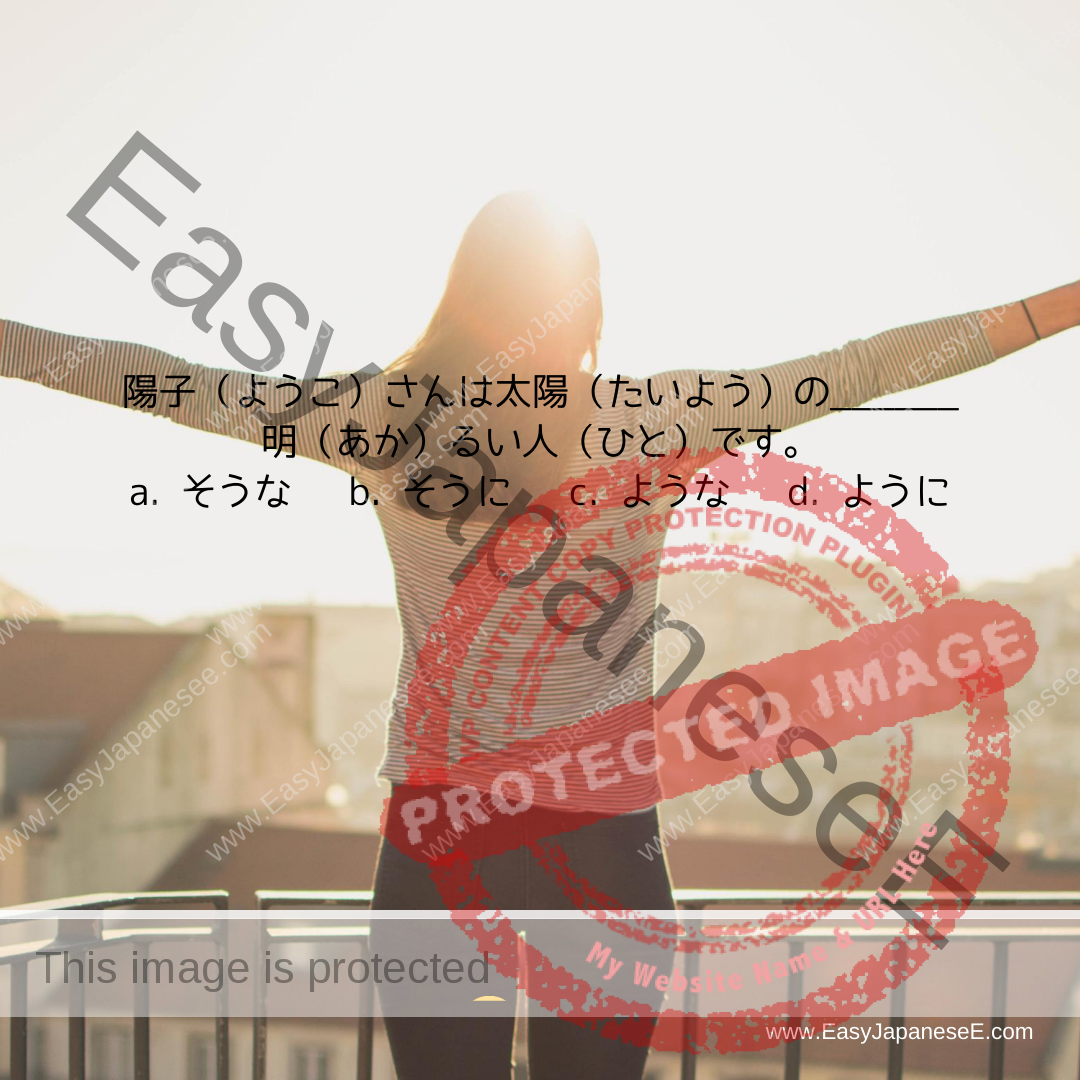
よう is used for a metaphor, “like ~,” but it is usually used either ~ような or ~ように. This post explains when to use ~ような and when to use ~ように.
![[a number + counter] + も](https://www.easyjapanesee.com/wp-content/uploads/2020/09/200908-10回も.png)
This post is about the particle も that emphasizes the number being big. Check examples and compare with も that is used for “also.”
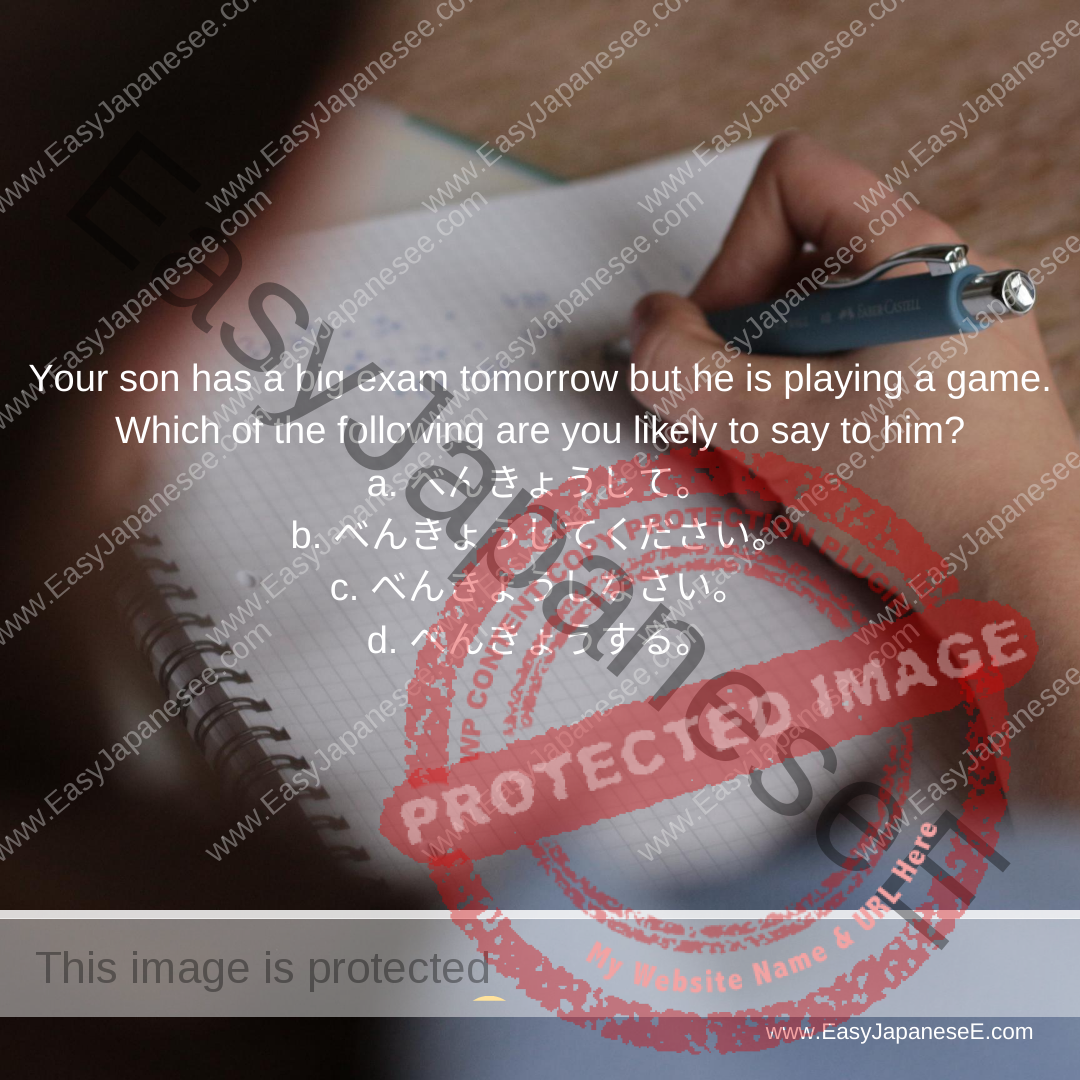
Your son has a big exam tomorrow but he is playing a game. Which of the following are you likely…
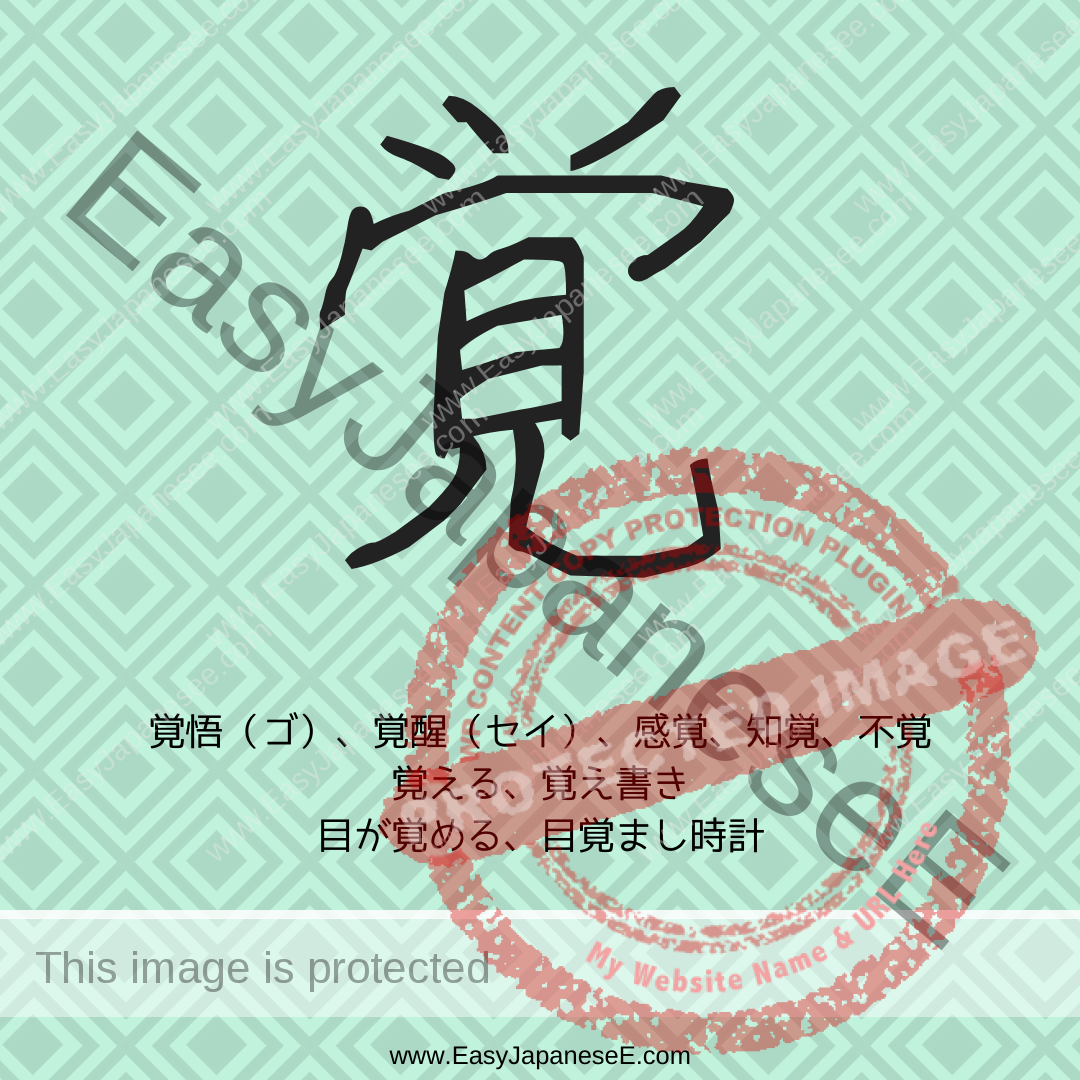
This week’s #kanji is #覚 which is a simplified version of 覺. It is listed under its semantic element of 見 and its phonetic element is the top part of覺.
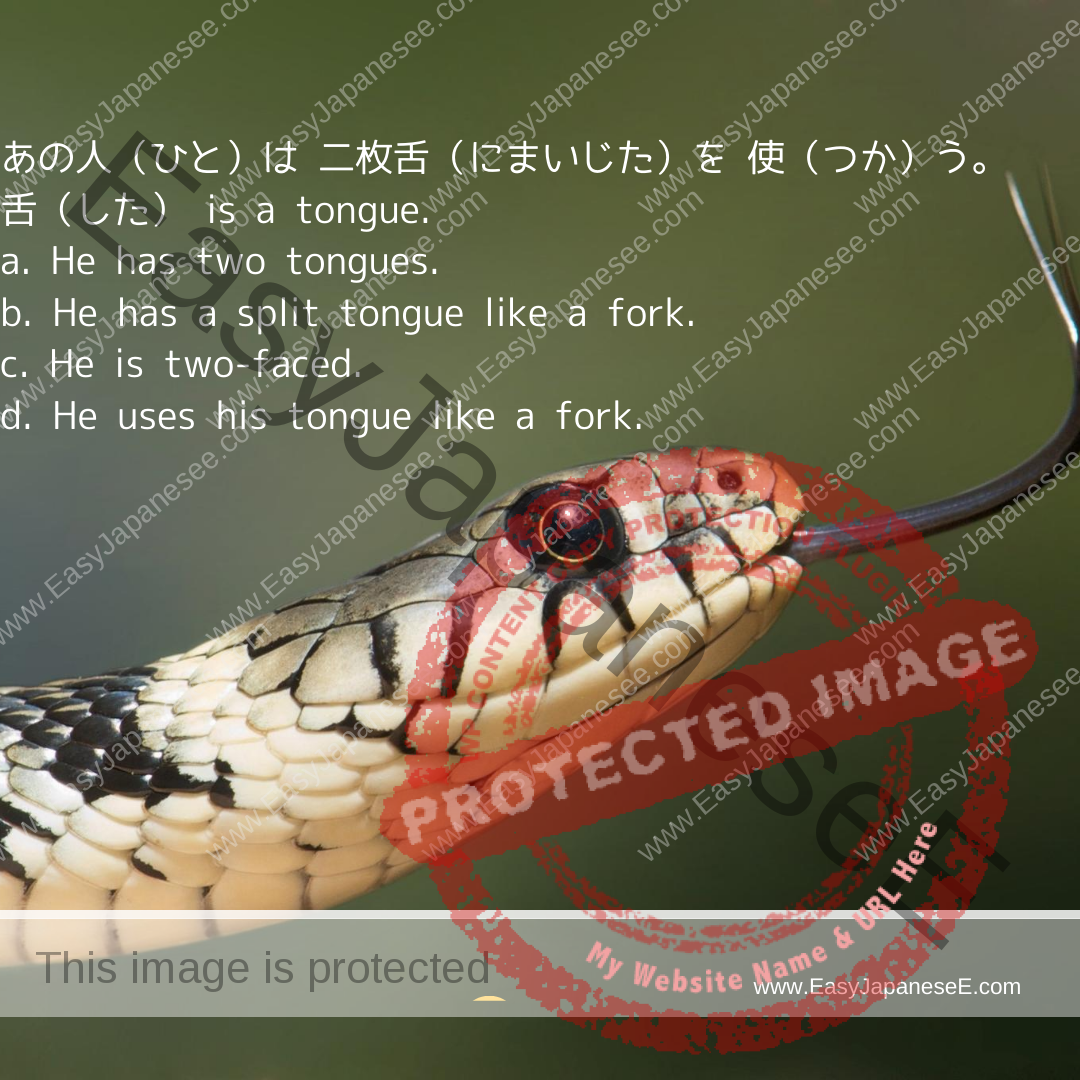
あの人(ひと)は 二枚舌(にまいじた)を 使(つか)う。舌(した) is a tongue. a. He has two tongues.b. He has a split tongue like a fork.c. He…
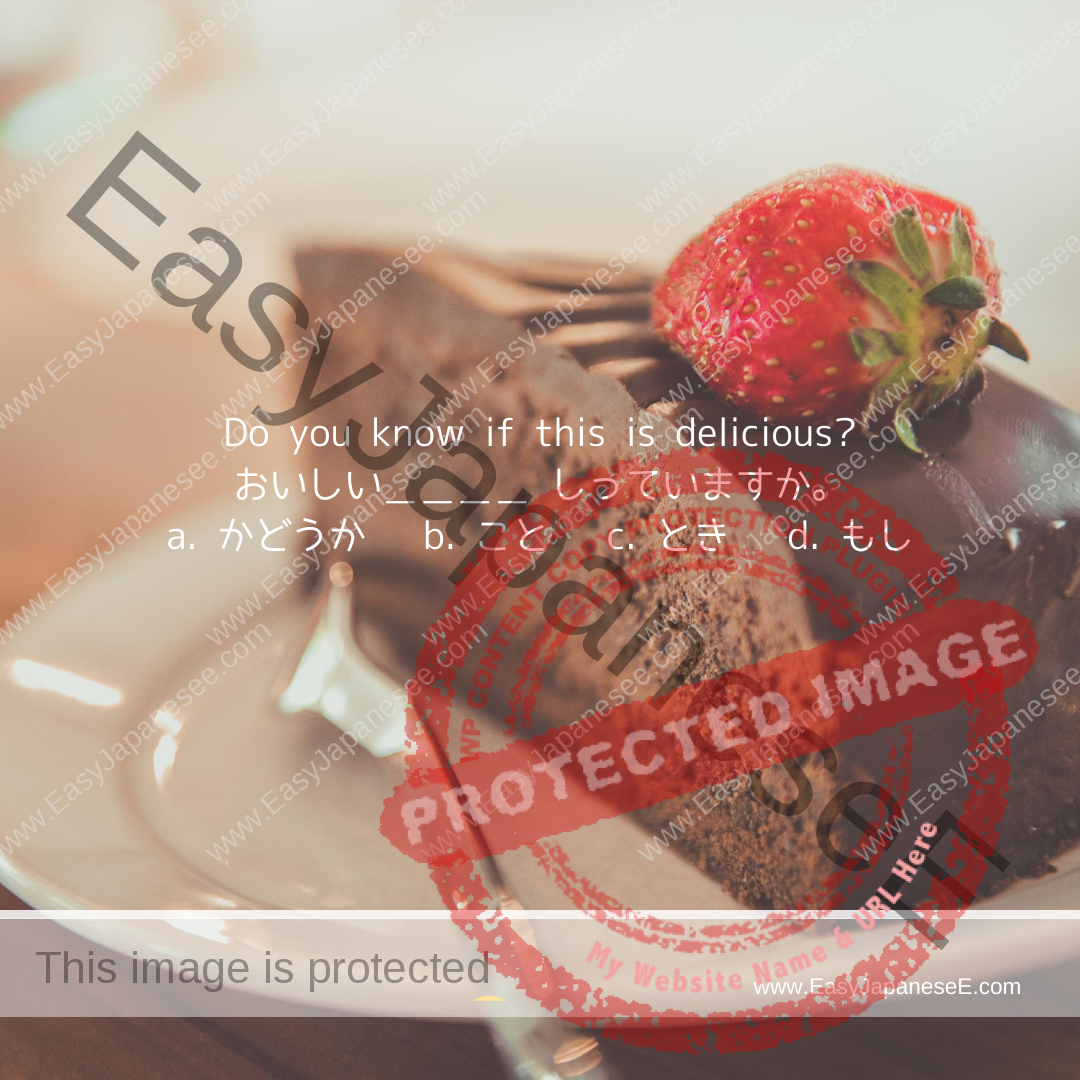
Do you know if this is delicious?おいしい____ しっていますか。a. かどうか b. こと c. とき d. もし The answer is a. かどうか.This…
